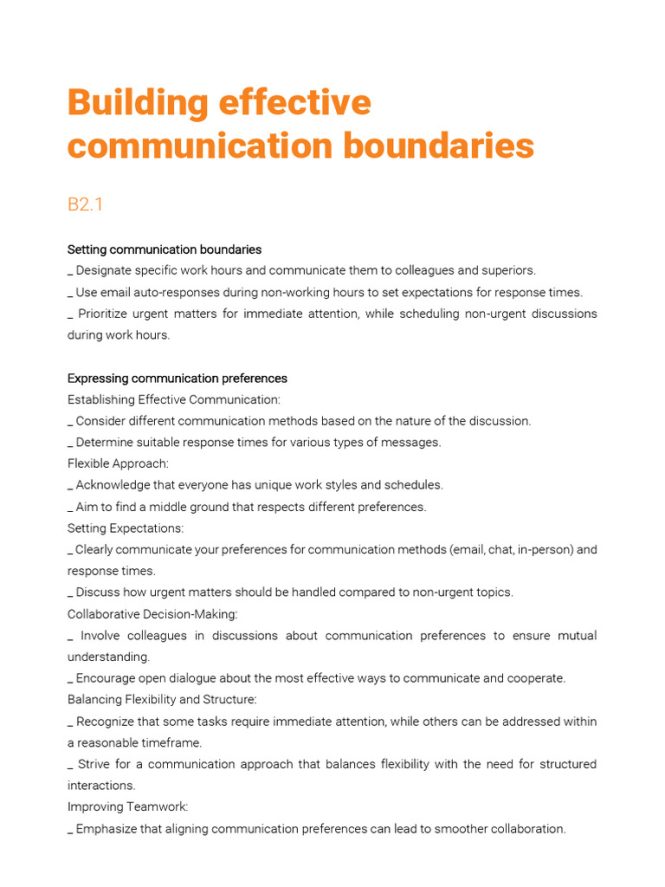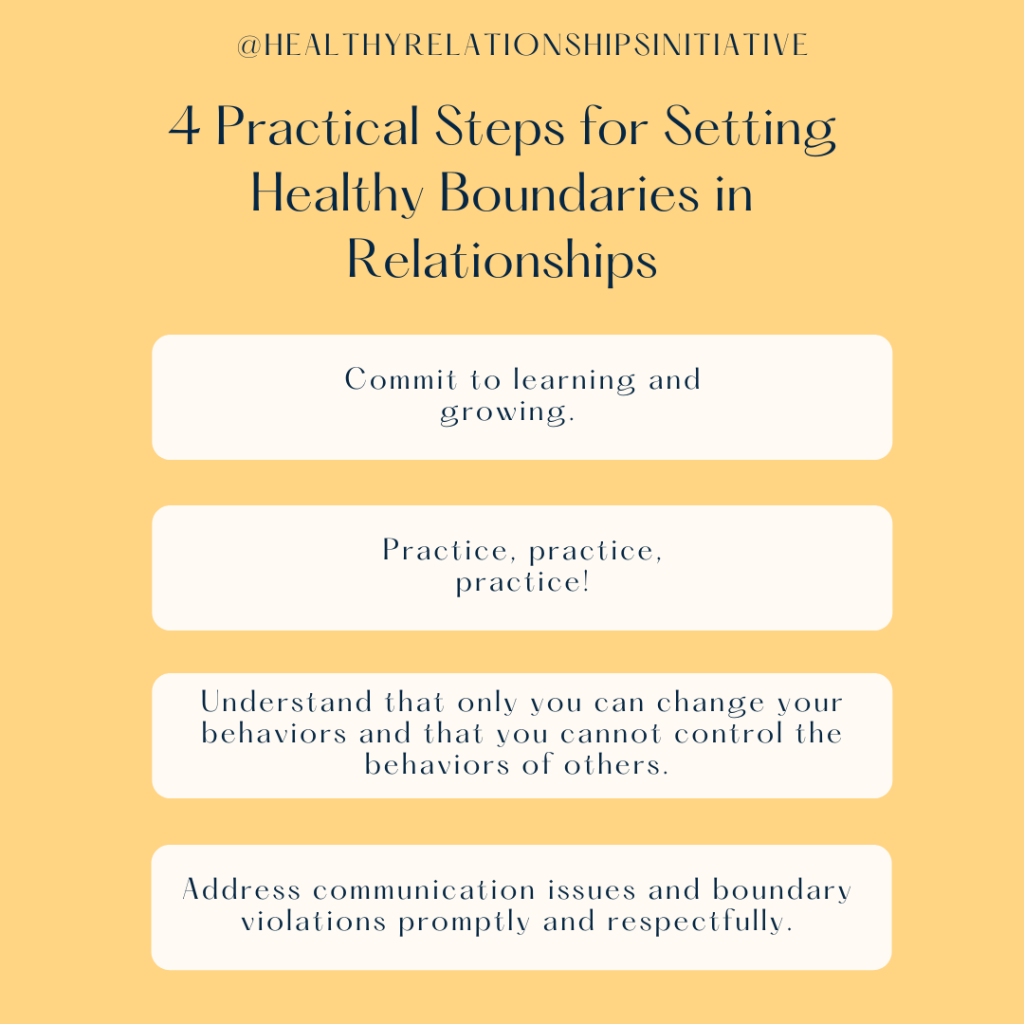

Navigating relationships effectively requires more than just love; it demands skillful communication and well-defined boundaries. A strong foundation built on these pillars paves the way for healthier, more fulfilling connections. This article delves into the essentials of healthy communication and establishing healthy boundaries in relationships, exploring practical steps to navigate potential challenges and cultivate lasting bonds. We’ll explore strategies for conflict resolution, understanding individual needs, and expressing your needs clearly and respectfully. Let’s dive in! This guide is structured as follows: First, we’ll cover the fundamental importance of communication in relationships; then, we’ll explore how to establish and maintain healthy boundaries, and finally we’ll discuss conflict resolution strategies.
The Power of Communication in Relationships
Understanding the Fundamentals of Effective Communication
Healthy relationships thrive on effective communication. This isn’t just about speaking; it’s about listening, understanding, and responding with empathy. Active listening, where you truly hear and comprehend what your partner is saying, is key. Make sure to focus on their message, avoid interrupting, and ask clarifying questions to ensure mutual understanding. A significant aspect of this is identifying and expressing your own needs effectively, ensuring your partner is aware of your feelings and expectations.
Setting Healthy Boundaries
Defining and Communicating Your Needs
Setting and communicating healthy boundaries is essential in any relationship. These boundaries outline what you are willing and not willing to accept. Clearly defining your needs and limits is critical; this ensures your needs are heard and respected, and your partner understands your limits. By setting boundaries, you are protecting your emotional well-being and fostering a respectful environment within the relationship. Understanding your own emotional needs is the first step to establishing clear boundaries.
Navigating Conflict Respectfully
Developing Conflict Resolution Strategies
Conflict is inevitable in any relationship; how you handle it determines its impact. Learn to approach conflict as an opportunity for growth and understanding. Active listening, empathy, and a willingness to compromise are essential for navigating conflicts constructively. Remember, conflict doesn’t have to be destructive; it can be a catalyst for growth and deeper understanding of one another.
Building Trust and Intimacy
Cultivating Emotional Connection
Trust is the cornerstone of any healthy relationship. Consistent honesty, reliability, and empathy foster trust. Open communication and respect for your partner’s feelings are vital in building trust. Emotional intimacy is achieved through vulnerability, sharing your feelings, and demonstrating genuine interest in your partner’s experiences. Building trust and emotional intimacy requires commitment and consistency.
Maintaining the Relationship
Continuing Growth and Support
Maintaining a healthy relationship requires constant effort and attention. Regular communication, consistent support, and mutual respect are vital in maintaining the connection. Continuous learning and adapting to each other’s evolving needs will strengthen the relationship over time. Be present and engaged in the relationship to maintain the connection.
How can I improve my communication skills in a relationship?
To enhance communication skills, actively listen to your partner, focusing on understanding their perspective. Avoid interrupting or formulating your response while they’re speaking. Express your needs clearly and respectfully, using “I” statements to avoid blame. Regularly check in with your partner to ensure both parties feel heard and understood. Active listening is a crucial element in improving communication.
How do I set healthy boundaries in a relationship?
Establishing healthy boundaries involves understanding your own needs and limits. Identify what you are willing and unwilling to accept from your partner. Communicate these boundaries clearly and respectfully. Setting boundaries is an essential part of a healthy relationship.
How do I resolve conflicts in a relationship?
Approaching conflict constructively is key to navigating relationships. Listen to your partner’s perspective, acknowledging their feelings without judgment. Focus on finding solutions that work for both of you, demonstrating a willingness to compromise. Remember that conflict can be an opportunity for growth and understanding within the relationship.
Frequently Asked Questions
What are the biggest challenges in navigating relationships?
One of the biggest challenges in navigating relationships is effective communication. Often, partners struggle to express their needs, leading to misunderstandings and frustration. Another challenge is setting healthy boundaries; sometimes partners feel hesitant to define their limits, which can lead to resentment or unmet expectations. It’s important to remember that defining boundaries protects you emotionally and fosters respect within the relationship.
In conclusion, navigating relationships successfully hinges on open communication, clear boundaries, and mutual respect. Understanding your own needs and expressing them honestly is crucial. By implementing these strategies, you can foster stronger connections and create a healthier, more fulfilling relationship. Ready to transform your relationships? Start practicing these techniques today! Begin with a conversation about expectations and boundaries with your partner.